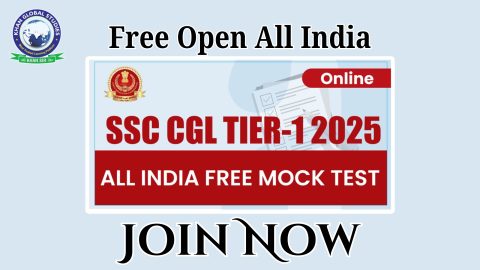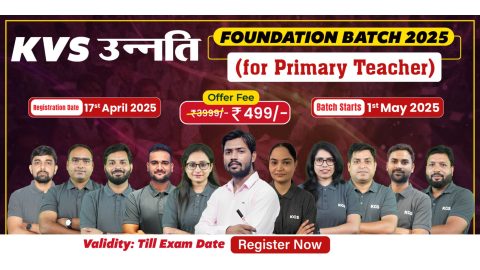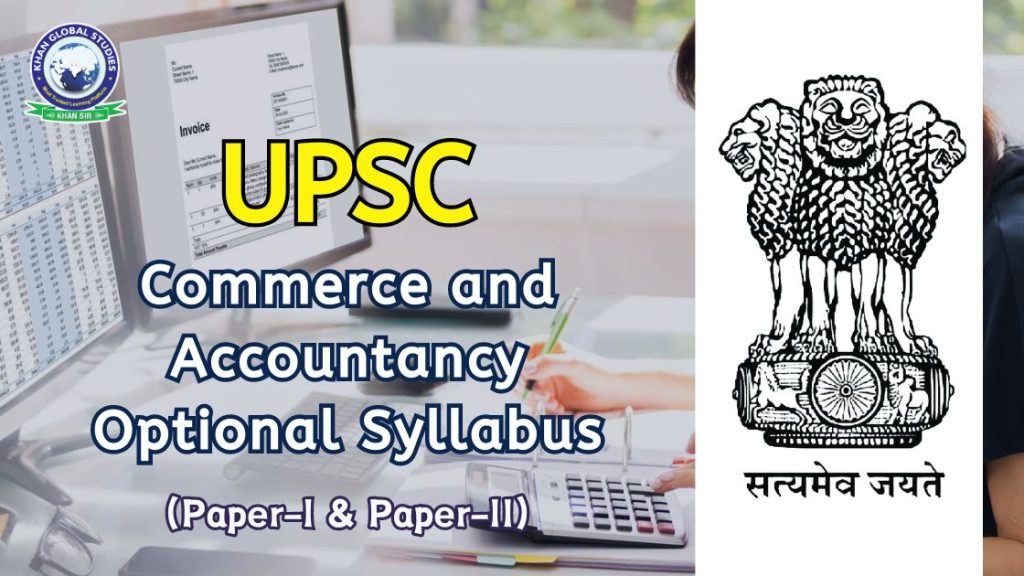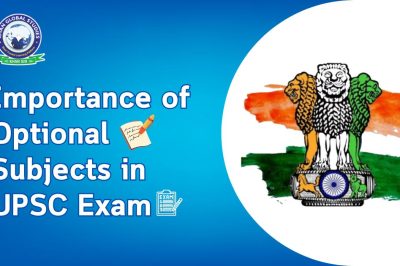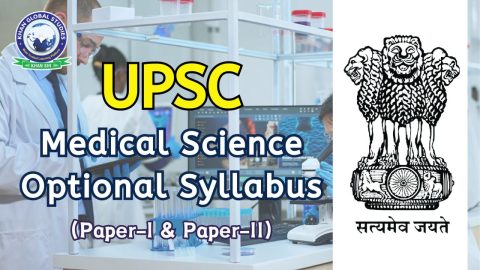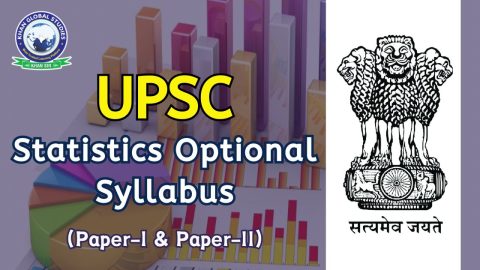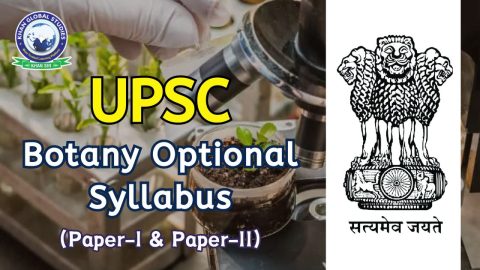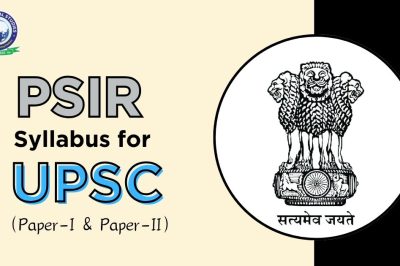The UPSC optional syllabus of Commerce and Accountancy consists of two papers, Paper I and Paper II, each carrying a weightage of 250 marks. Both the papers are divided into different sections, and candidates must choose one subject from each section. Let us look into the details of each paper.
UPSC Commerce and Accountancy Optional Syllabus
UPSC Commerce and Accountancy is one of the most popular optional subjects among the candidates with a commerce background. It is a long and technical optional subject with a defined syllabus. Being lengthy and technical, it requires proper preparation and many modifications.
| UPSC Commerce and Accountancy Syllabus | Topics |
| Paper I | Accounting and Finance Accounting, Taxation & Auditing – Financing Accounting – Cost Accounting – Taxation – Auditing Financial Management, Financial Institutions and Markets – Financial Management – Financial Markets and Institutions |
| Paper II | Organization Theory and Behaviour – Organization Theory – Organization Behaviour Human Resources Management and Industrial Relations – Human Resources Management (HRM) – Industrial Relations (IR) |
UPSC Commerce and Accountancy Syllabus for Paper I
Accounting and Finance Accounting, Taxation & Auditing
1. Financing Accounting
- Accounting as a financial information system; Impact of behavioural sciences. Accounting Standards e.g., accounting for Depreciation, Inventories, Research and Development Costs, long-term construction Contracts, Revenue Recognition, Fixed Assets, Contingencies, Foreign Exchange Transactions, Investments and Government Grants, Cash Flow Statement, Earnings per Share.
- Accounting for Share Capital Transactions including Bonus Shares and Right Shares.
- Employee Stock Option and Buy-Back of Securities.
- Preparation and Presentation of Company Final Accounts.
- Amalgamations, Absorption and Reconstruction of Companies.
2. Cost Accounting
- Nature and functions of cost accounting. Installation of Cost Accounting System. Cost Concepts related to Income Measurement, Profit Planning, Cost Control and Decision Making.
- Methods of Costing: Job Costing, Process Costing, Activity Costing.
- Volume-cost-Profit Relationship as a Tool of Profit Planning.
- Incremental Analysis/Differential Costing as a Tool for Pricing Decisions, Product Decisions, Make or Buy Decisions, Shut-Down Decisions etc.
- Techniques of Cost Control and Cost Reduction: Budgeting as a Tool of Planning and Control.
- Standard Costing and Variance Analysis.
- Responsibility Accounting and Divisional Performance Measurement.
3. Taxation
- Income Tax: Definitions. Basis of charge; Incomes which do not form part of total income. Simple problems of computation of income (of individuals only) under various heads, i.e., salaries, income from house property, profits and gains from business or profession, capital gains, income from other sources, Income of other persons included in assessee’s total income.
- Set-off and Carry forward of Loss.
- Deductions from gross Total Income.
- Salient Features/Provisions Related to VAT and Services Tax.
4. Auditing
- Company Audit: Audit related to Divisible Profits, Dividends, Special investigations, Tax audit.
- Audit of Banking, Insurance, Non-Profit Organizations and Charitable Societies/Trusts/Organizations.
Financial Management, Financial Institutions and Markets
1. Financial Management
- Finance Function: Nature, Scope and Objectives of Financial Management: Risk and Return relationship.
- Tools of Financial Analysis: Ratio Analysis, Funds-Flow and Cash-Flow Statement.
- Capital Budgeting Decisions: Process, Procedures and Appraisal Methods. Risk and Uncertainty Analysis and Methods.
- Cost of Capital: Concept, Computation of Specific Costs and Weighted Average Cost of Capital. CAPM is a tool for Determining the Cost of Equity Capital.
- Financing Decisions: Theories of Capital Structure—Net Income (NI) Approach.
- Net Operating Income (NOI) Approach, MM Approach and Traditional Approach. Designing of Capital Structure: Types of Leverages (Operating, Financial and Combined), EBIT-EPS Analysis, and Other Factors.
- Dividend Decisions and Valuation of Firm: Walter’s Model, MM Thesis, Gordan’s Model Lintner’s Model. Factors Affecting Dividend Policy.
- Working Capital Management: Planning of Working Capital. Determinants of Working Capital. Components of Working Capital—Cash, Inventory and Receivables.
- Corporate Restructuring with a focus on Mergers and Acquisitions (Financial aspect only).
2. Financial Markets and Institutions
- Indian Financial System: An Overview
- Money Markets: Participants, Structure and Instruments. Commercial Banks. Reforms in the Banking Sector. Monetary and Credit Policy of RBI. RBI as a Regulator.
- Capital Market: Primary and Secondary Market. Financial Market Instruments and Innovative Debt Instruments; SEBI as a Regulator.
- Financial Services: Mutual Funds, Venture Capital, Credit Rating Agencies, Insurance and IRDA.
UPSC Commerce and Accountancy Syllabus for Paper II
Organization Theory and Behaviours, Human Resource Management and Industrial Relations
Organization Theory and Behaviour
1. Organization Theory
- Nature and Concept of Organisation; External Environment of Organisation—Technological, Social, Political, Economical and Legal; Organizational Goals Primary and Secondary Goals, Single and Multiple Goals; Management by Objectives.
- Evolution of Organisation Theory: Classical Neo-classical and system approach.
- Modern Concepts of Organisation Theory: Organisational Design, Structure and Organisational Culture.
- Organisational Design—Basic Challenges; Differentiation and Integration Process; Centralization and Decentralization Process; Standardization/Formalization and Mutual Adjustment. Coordinating Formal and Informal Organizations. Mechanistic and Organic Structures.
- Designing Organizational Structures—Authority and Control; Line and Staff Functions, Specialization and Coordination. Types of Organization Structure—Functional. Matrix Structure, Project Structure. Nature and Basis of Power, Sources of Power, Power Structure and Politics. Impact of Information Technology on Organizational Design and Structure.
- Managing Organizational Culture.
2. Organization Behaviour
- Meaning and Concept; Individual in organization: Personality, Theories, and Determinants; Perception Meaning and Process.
- Motivation: Concepts, Theories and Applications. Leadership—Theories and Styles. Quality of Work Life (QWL): Meaning and its Impact on Performance, Ways of its Enhancement.
- Quality Circles (QC)—Meaning and their Importance. Management of Conflicts in Organizations. Transactional Analysis, Organizational Effectiveness, Management of Change.
Human Resources Management and Industrial Relations
1. Human Resources Management (HRM)
- Meaning Nature and Scope of HRM, Human Resource Planning, Job Analysis, Job Description, Job Specification, Recruitment Process, Selection Process, Orientational and Placement, Training and Development Process, Performance Appraisal and 360° Feed Back, Salary and Wage Administration, Job Evaluation, Employee Welfare, Promotions, Transfers and Separations.
2. Industrial Relations (IR)
- Meaning, Nature, Importance and Scope of IR, Formation of Trade Union, Trade Union Legislation, Trade Union Movement in India. Recognition of Trade Unions, Problems of Trade Unions in India. Impact of Liberalization on Trade Union Movement.
- Nature of Industrial Disputes: Strikes and Lockouts, Causes of Disputes, Prevention and Settlement of Disputes.
- Worker’s Participation in Management: Philosophy, Rationale, Present Day Status and Future Prospects.
- Adjudication and Collective Bargaining.
- Industrial Relations in Public Enterprises Absenteeism and Labour Turnover in Indian Industries and their Causes and Remedies.
- ILO and its Functions.
Tips to Prepare for UPSC Commerce and Accounting Optional Courses
The following points should be kept in mind while preparing for the UPSC Commerce and Accountancy syllabus:
- First, read and review the syllabus carefully and filter the syllabus-centric topics. Next, start studying the previous year’s questions and analyze the major topics, as many questions are asked again and again. Since the syllabus is huge, the syllabus should be covered well.
- Paper 1 is mostly about practical numerical questions. A strong hold on the concepts in Paper 1 will help in scoring excellent marks on these questions. Adequate practice and revision are important to identify errors and mistakes and complete the questions within the given time. However, candidates should also give equal emphasis to the theoretical aspects of Paper 1, as conceptual clarity of the topics helps answer such questions, especially when the numerals are unpredictable.
- Paper II is mostly theoretical. Thus, having a good hold on the concepts and covering the syllabus extensively should be a priority. Revision and making brief notes are essential aspects of the Paper II strategy. Due to the inherently theoretical nature of Paper II, answer writing is of utmost importance. Regular practice is necessary in this regard.
- It is very important to make notes. It should include pictures, definitions, examples and main points and the notes should not be too heavy. This will be helpful in easy revision and answer writing. Adding relevant diagrams and flowcharts from these notes in both Paper I and Paper II can give you an edge.
- Even though current affairs may not seem important from the commerce and accountancy optional subject point of view, they can be used to improve the answers. If possible, the interested person may quote fresh perspectives from diverse Indian and international companies.
